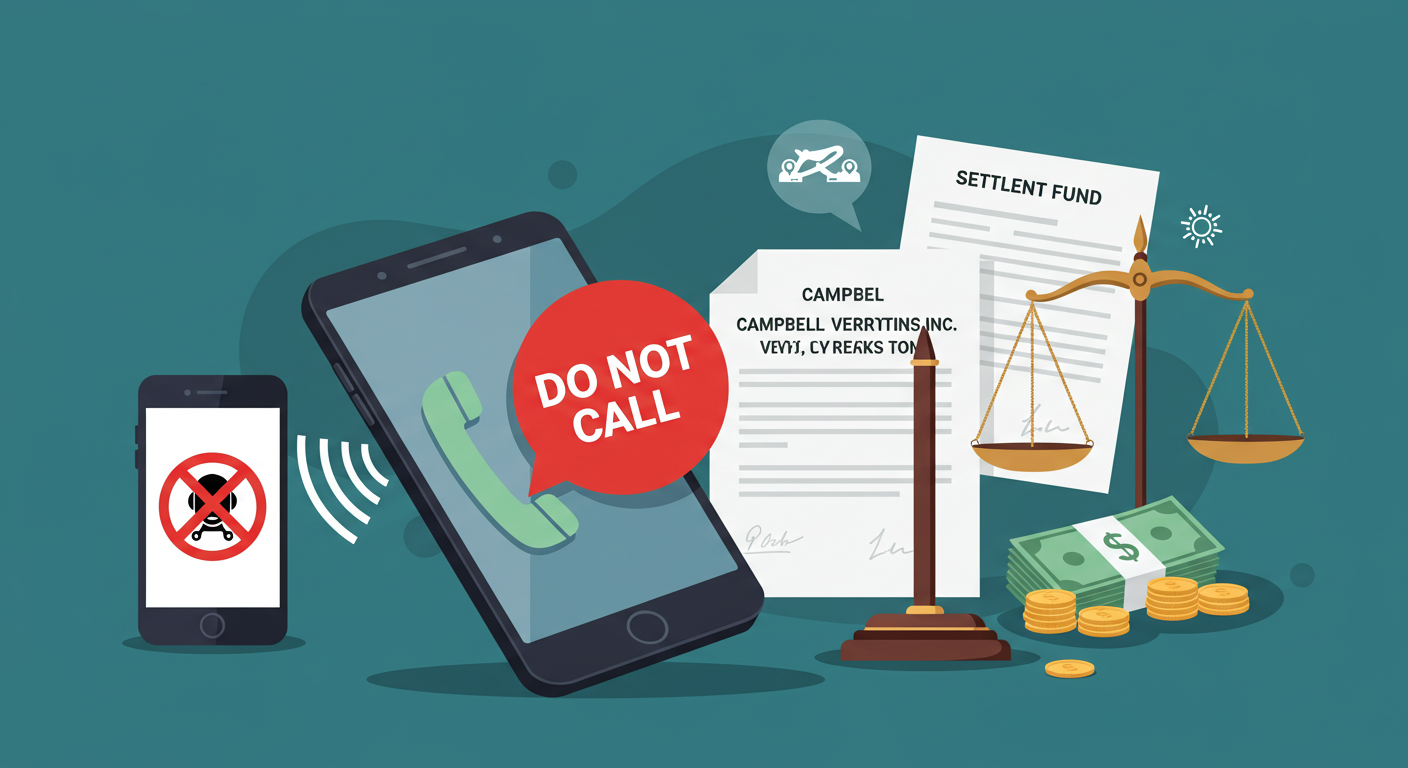Introduction
Taxotere was a medicine used to treat cancer. It was made by a company called Sanofi-Aventis. Doctors gave it to people with breast cancer and other cancers. It helped stop cancer from growing. But it also caused big problems for some people.
Some problems were small and went away. Others, like losing hair forever or having eye trouble, lasted a long time. Losing hair forever means your hair never grows back. Eye trouble means your eyes water too much or you can’t see well.
If you took Taxotere and have these problems, you might be able to join a lawsuit. Lawsuits said Sanofi didn’t tell people about these dangers. Many people joined lawsuits to get money for their pain and costs.
This guide uses very simple words to explain Taxotere Lawsuit Law Firm. It talks about Taxotere, its problems, the lawsuits, and how to start a claim. I’m Orland Howell, and I’ve written about lawsuits for four years. I make hard topics easy to understand. I want to help you know your choices.
What Was Taxotere?
Taxotere was a drug called docetaxel. It came from plants and stopped cancer cells from growing.
The U.S. government approved Taxotere in 1996. Doctors used it for breast cancer, lung cancer, stomach cancer, prostate cancer, and head and neck cancers.
Patients got Taxotere through a tube in their arm at the doctor’s office. Treatment lasted weeks or months. It worked with other medicines to make cancer smaller or slower.
Taxotere helped people, but it hurt healthy cells too, like hair cells and eye cells. This caused long-lasting problems.
Sanofi-Aventis made Taxotere. They said it was safe if used right. But lawsuits said they knew about dangers and didn’t tell people clearly.
Permanent Hair Loss from Taxotere
Many chemotherapy drugs cause hair loss. Usually, hair falls out during treatment but grows back in 3 to 6 months. With Taxotere, some people lost their hair forever. This is called alopecia.
Alopecia means hair doesn’t grow back. It can happen on your head, eyebrows, eyelashes, or body. In bad cases, it’s called alopecia universalis. Studies said 10 to 15 out of 100 people who took Taxotere had this problem.
Why did this happen? Taxotere hurt the roots of hair under the skin. Those roots couldn’t make new hair. A study in the 1990s called GEICAM found this danger. Sanofi knew but didn’t put a clear warning on U.S. labels until 2015.
Losing hair forever is hard. It can make you feel sad or shy. For women who had breast cancer, it made life even tougher. It changed jobs, friendships, and daily life.
Cooling the head during treatment might have helped, but it didn’t always work with Taxotere. If you lost hair, see a doctor to check if Taxotere caused it.
Eye Injuries from Taxotere
Taxotere also hurt people’s eyes. The biggest problem was eyes watering too much, called epiphora. This happened when tear ducts got blocked. Tear ducts are tiny tubes that let tears drain from your eyes.
Blocked ducts made eyes water all the time. This blurred vision or made eyes sting. The problem was called canalicular stenosis. In bad cases, it caused infections or dry eyes later.
A 2022 study in a medical journal said Taxotere made this problem seven times more likely. It also caused optic neuropathy, which hurt the nerve that helps you see. This made vision fuzzy or changed how you saw colors.
Sanofi added an eye warning in 2002, but lawsuits said it wasn’t clear. It didn’t say the problems could last forever or need surgery. A 2022 study proved these dangers.
Eye problems made life hard. Driving, reading, or working got tough. Surgery to fix ducts might have helped, but not always. Doctor bills piled up fast.
If your eyes changed after Taxotere, see an eye doctor to test for blockages.
Taxotere Lawsuits: What Happened by 2025
Lawsuits against Sanofi started in 2016. People said the company hid dangers to sell more Taxotere. The drug made billions, but people got hurt.
There were two big groups of lawsuits, called Multidistrict Litigations (MDLs):
- MDL 2740 for hair loss began in 2016 in Louisiana court. Judge Jane Triche Milazzo led it. By October 2025, over 3,400 cases are still going.
- MDL 3023 for eye injuries started in 2022. About 369 cases are active.
Sanofi won two test trials for hair loss in 2019 and 2021. They said their warnings were enough. But lawsuits kept going. In February 2025, Sanofi asked to stop eye injury cases, saying their labels were clear. The judge hasn’t decided yet.
No big payments happened by October 2025. Talks are secret, but with so many cases, a deal might come soon. Other drug lawsuits paid millions per person.
Lawsuits said Sanofi did wrong by:
- Not warning clearly about dangers.
- Hiding study results.
- Making ads that misled people.
Sanofi warned about hair loss in Europe since 2005 but waited until 2015 in the U.S.
Can You Join a Taxotere Lawsuit?
To join a lawsuit, you need to meet certain rules. Here’s what you need:
For hair loss claims:
- You took Taxotere before December 2015.
- Your hair didn’t grow back after 6 months.
- A doctor says Taxotere caused it.
For eye injury claims:
- You took Taxotere for cancer.
- You have watery eyes, blocked ducts, or vision loss.
- Problems started soon after treatment.
- You have eye test proof.
You must file before a deadline called the statute of limitations. This is 1 to 3 years from when you noticed the problem, depending on your state. Some courts allow older cases.
If the person who took Taxotere died, family members might file. Talk to a lawyer to check.
How to File a Taxotere Lawsuit: Easy Steps
Starting a lawsuit sounds hard, but it’s simple with help. Here are the steps:
Step 1: Get Doctor Records
See a doctor to get papers about your Taxotere use, problems, and tests. These show your story is true.
Step 2: Find a Good Law Firm
Pick a law firm that knows Taxotere lawsuits. They work on “no win, no fee,” so you pay only if you get money. Look for:
- Experience with drug lawsuits.
- Wins in MDLs.
- Free talks.
Step 3: Get a Free Check
Call or email the firm. Tell them your story. They’ll say if you can join.
Step 4: Sign Papers
If you can join, sign a form with the firm. They file your case in the right court, often the MDL.
Step 5: Share Proof
Send doctor bills, hair loss photos, or eye test results. The firm uses these to make your case strong.
Step 6: Wait for News
The firm talks to Sanofi. If they don’t agree on money, your case might go to court. Most cases settle first.
Step 7: Get Money
If you win or settle, you get money for doctor bills, pain, or missed work.
Hurry, because deadlines pass fast.
How Much Money Can You Get?
The money you get depends on your case. No set amounts exist yet, but here’s what other cases paid:
For hair loss:
- Doctor costs: Wigs, therapy – $10,000 to $50,000.
- Pain and sadness: $100,000 or more.
- Missed work: Depends on your job.
For eye injuries:
- Surgery costs: $20,000 to $100,000.
- Ongoing care: Glasses, drops – varies.
- Bad cases: Up to $500,000.
Total money per person could be $50,000 to $300,000 or more. If Sanofi hid facts, extra money might be added.
Most money isn’t taxed, but ask a lawyer to be sure.
Picking the Best Law Firm
A good law firm helps a lot. I, Orland Howell, have looked at many firms. Choose one with:
- Experience in drug lawsuits.
- Clear talking.
- Updates on your case.
- A strong fight for you.
Don’t pick firms that rush you. Ask about their MDL work.
Why You Should Act in 2025
Lawsuits are getting bigger. A 2022 eye study made cases stronger. Sanofi might pay to end claims soon, but spots in talks are limited.
Don’t file alone. A good law firm will help you.
Conclusion
Taxotere fought cancer but hurt people with permanent hair loss and eye problems. Lawsuits say Sanofi didn’t warn people enough. In 2025, cases are growing, and payments might come soon. If you have these problems, act now. Free help is available. You may be entitled to compensation for your pain and costs.
Disclaimer
This article is for general information only and is not legal or medical advice. Consult a licensed attorney or doctor for advice about your case. Laws vary by state and may change. Orland Howell and any associated parties are not liable for any actions, losses, or damages based on this article. Information may not be accurate or current. No guarantees are made about lawsuit outcomes. Past results do not predict future results. This guide is not from a law firm; it summarizes public information about Taxotere lawsuit.
Explore More:
Isotonix Lawsuit: Evidence, Risks, and Claims — 2025 Guide
Shein Lawsuit — Definitive 2025 Guide to Copyright, Class Actions & Settlements

Orland Howell is a seasoned content writer with four years of deep expertise in crafting compelling and informative content about lawsuit settlements. With a keen understanding of legal nuances and a talent for translating complex topics into clear, engaging narratives, Orland helps law firms, legal professionals, and clients communicate effectively. His work spans blog posts, articles, whitepapers, and website content, all designed to educate, inform, and drive results. Passionate about empowering audiences with knowledge, Orland combines precision, creativity, and industry insight to deliver content that resonates and builds trust.






